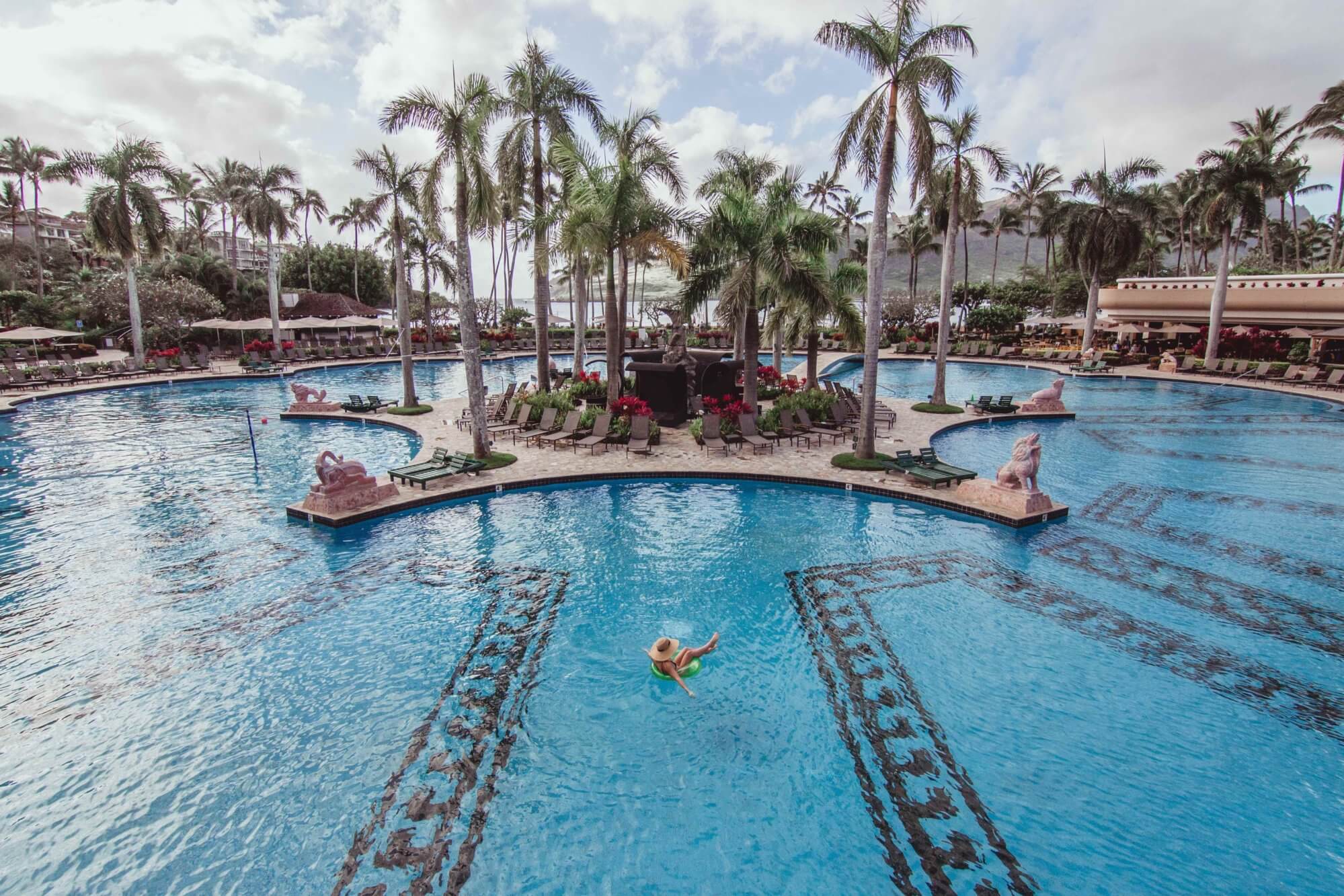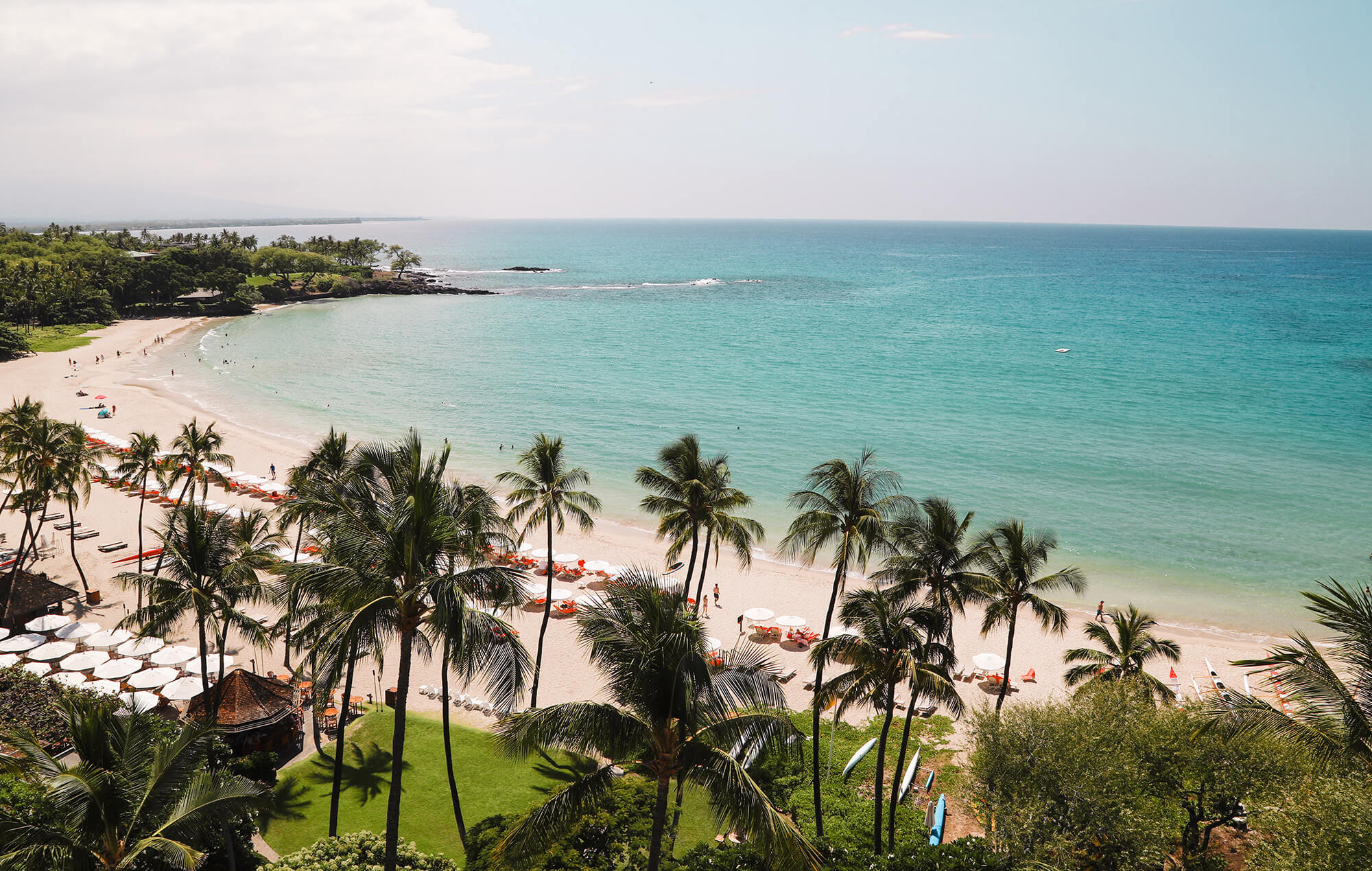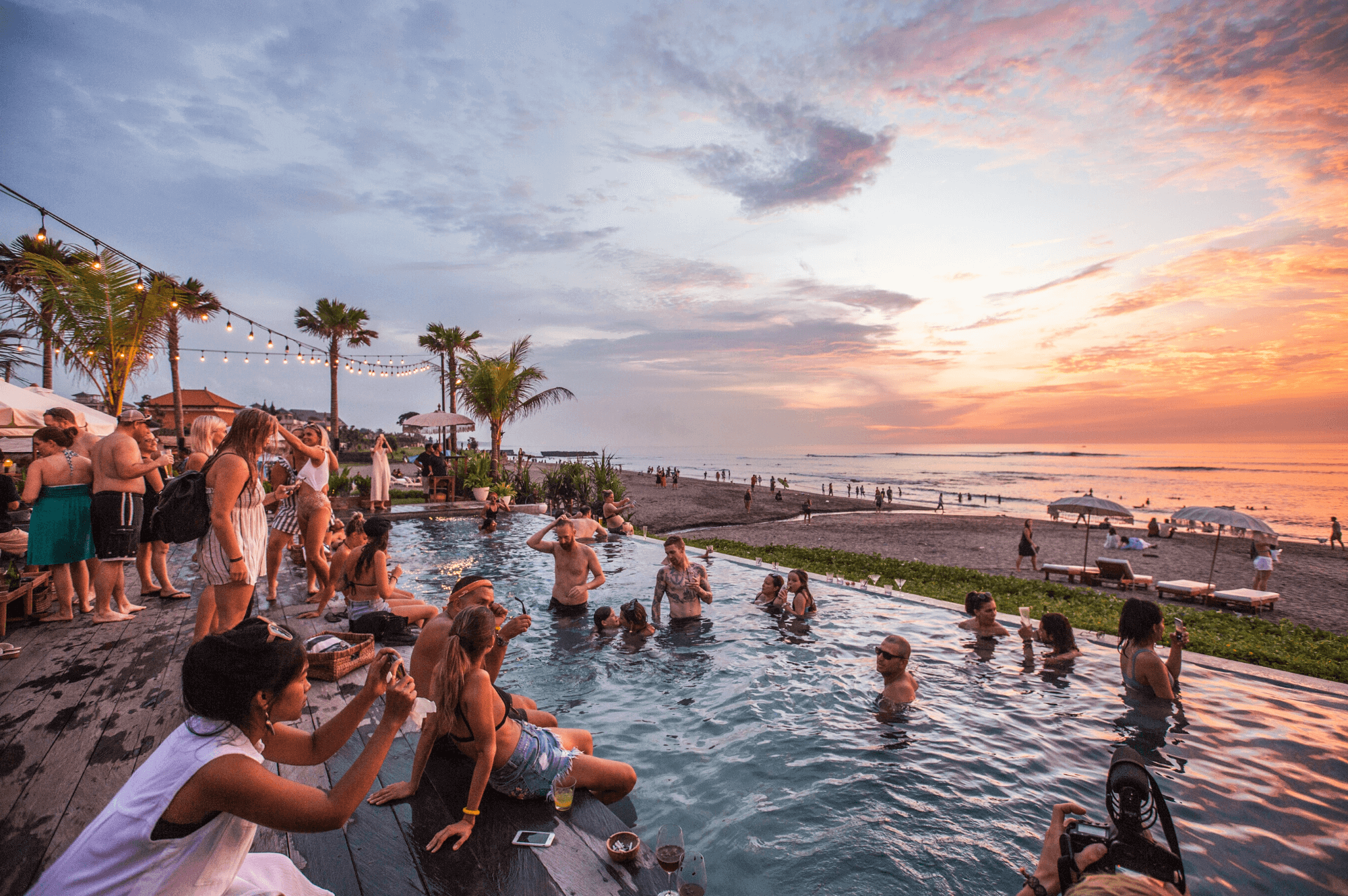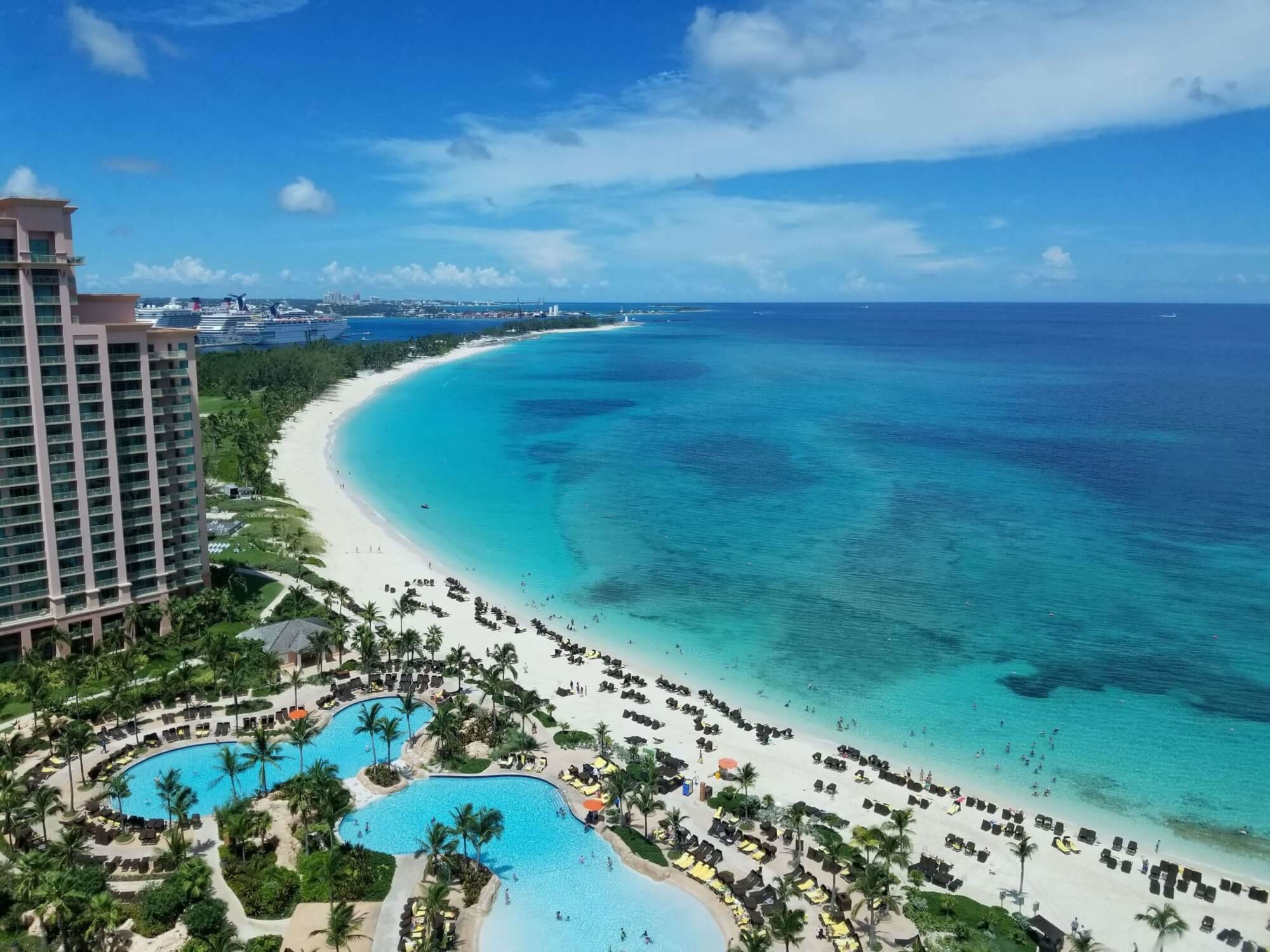

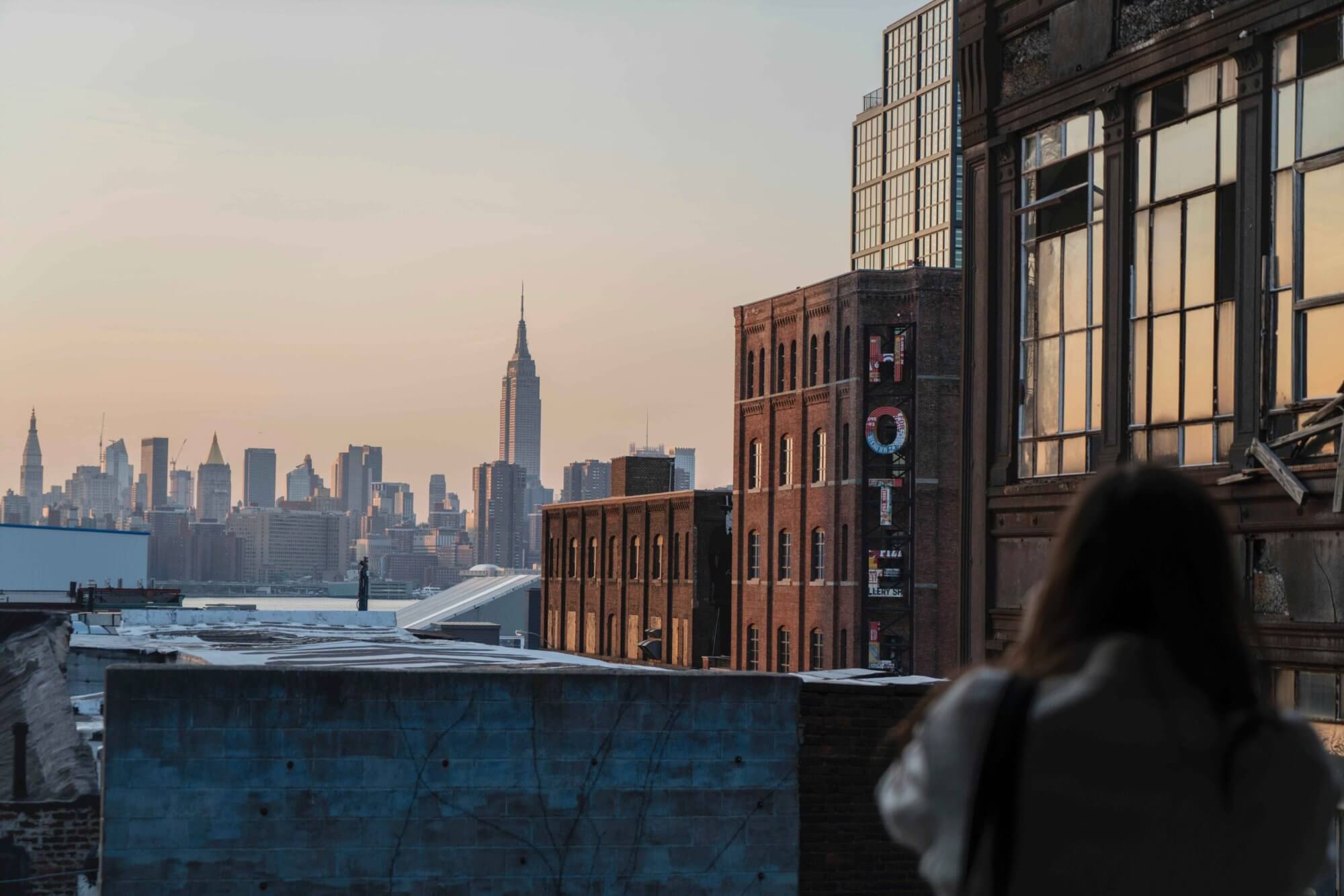
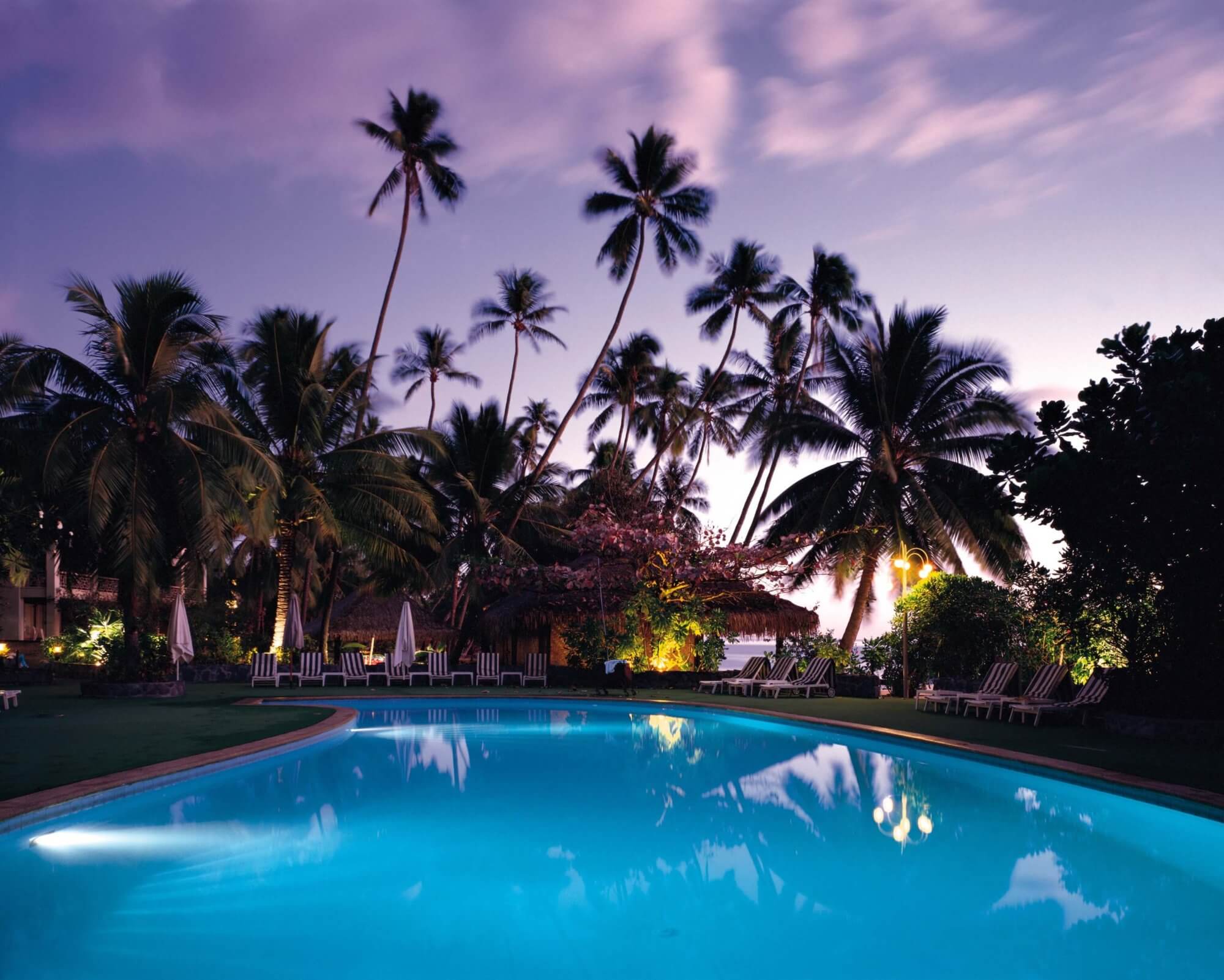
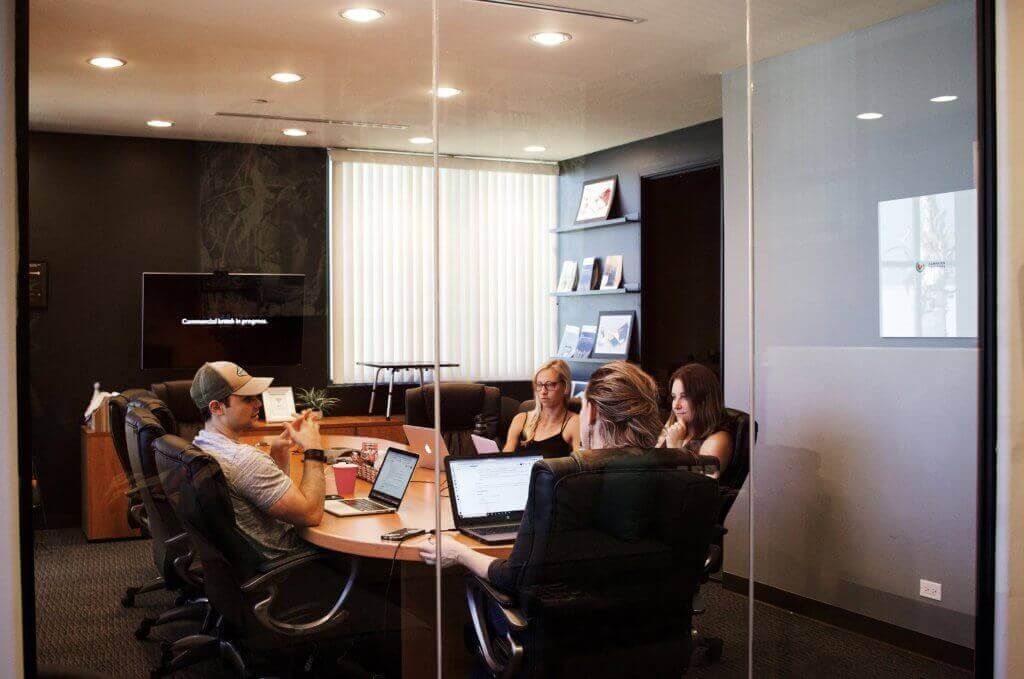
Deals and deadlines. Bargains and bids. Sometimes it can feel like you’re a show pony being asked to jump big hurdles blind. That’s why it pays to know the trends of the travel market so your inner stallion can race free.
Recent industry statistics gleaned from the STR Global and CRBE Hotels’ Horizon®️ Forecast demonstrate the impact of RFP (Request For Proposal) acceptance. Check out this data and discover what it could mean for your next incentive trip or business conference.
2021 was a banner year in the hospitality industry as it climbed out of the Covid-19 pandemic apocalypse, and there are no signs things are slowing down. Hotels have reported record numbers in all the major categories. Occupancy, Average Daily Rate, RevPAR (revenue per available room), and Room Revenue are at all-time highs. Only one region in the world is not reporting this type of growth—the Middle East. This is due to two factors: 1) Lots of new hotel product has come online in recent years, driving more supply than demand. 2) The continued instability of the Middle East makes it a less desirable travel destination. All other regions of the world are seeing record numbers, sustained for the past 6+ years.
These numbers are even stronger in luxury hotels, where most incentives and upscale meetings are held. In the US, luxury hotels have a long-run average of 69.8% occupancy. The occupancy for 2020, the most down year of any, was nearly 74% and is expected to reach 75.4% in 2023. The issue with luxury hotels is that the demand is outpacing the supply. We are seeing record numbers of new hotels being built, but 73% of the new hotels coming online in the US are in the limited service categories. The new hotel builds coming online also lack the meeting space to accommodate the growing number of conferences and meetings needed. Get this, only 11 new hotels with 50,000+ square feet of meeting space have come online in the last six years. In the meeting industry, meetings of 1000+ attendees are the fastest-growing segment of meetings held. In 2013, 32% of meetings held were of 1000+ attendees. In just two years, this grew to 37%. These growing large meetings need “big box” solutions with large-scale meeting space, and the construction of these larger conference hotels is not keeping up with demand.
Hotels are also seeing a drastic increase in their transient guests and devoting less availability to groups. Today in the US market for luxury and upscale hotels, transient guests occupy 173.5 million room nights. Pre-recession in 2008, transient rooms occupied 123.7 million room nights. This is an increase of nearly 50 million room nights in ten years. For comparison, groups in this segment currently occupy 85.1 million room nights (up from 84.1 million room nights pre-recession). Transient guests pay higher room rates than groups too, so not only are groups competing to get inventory, the hotels are less likely to offer steep group discounts.
With these developments, here are my takeaways:
- Budget Review. Some of our customers have made little budget changes since 2019. Based on the unprecedented demand hotels are experiencing, rates have never been higher. It may be time to re-evaluate your event budget and expectations. If the budget is firm, Destinations can suggest creative solutions to do more for less!
- Destination Selection. If you are expecting to hold your event at a luxury hotel in NYC or San Francisco, the two highest Average Daily Rate markets in the US, you can expect to pay handsomely for it. If you have the flexibility to use a smaller/less expensive market you will save. Destinations can suggest locations you may not have considered that will deliver an unexpected WOW.
- Date & Pattern Flexibility. With hotels seeing record occupancy levels, giving the hotels the most flexibility will give you the best value. Evaluate your event and determine if you can tweak the day of the week pattern and date window to allow the hotels more opportunity to find availability at more attractive rates.
- Be Open. As you are getting closer to your event, be upfront about your numbers. If you anticipate needing to reduce rooms, let the hotel know early. The hotel is much more likely to work with you when they have ample time to evaluate their inventory. If you anticipate needing more rooms, be upfront with the hotel so they can see what their occupancy is well in advance.
It’s a hot steeplechase for the best group deals at the sweetest venues. At Destinations, we’ve been jumping these hurdles for over 30 years. We pride ourselves in being masters at creative problem-solving and in working with our customers and hotel partners to create true win-win scenarios. RFP? Accepted!



